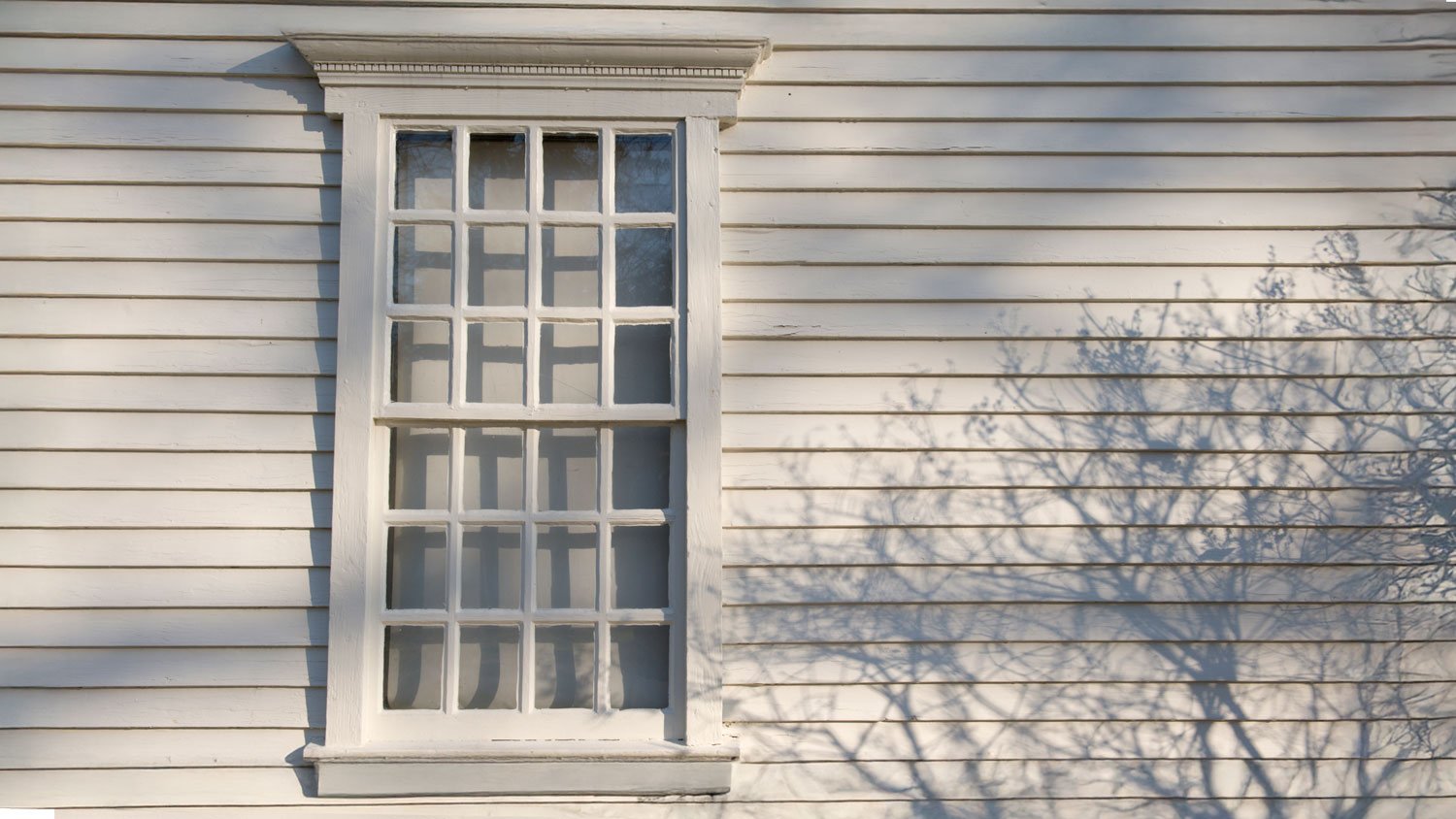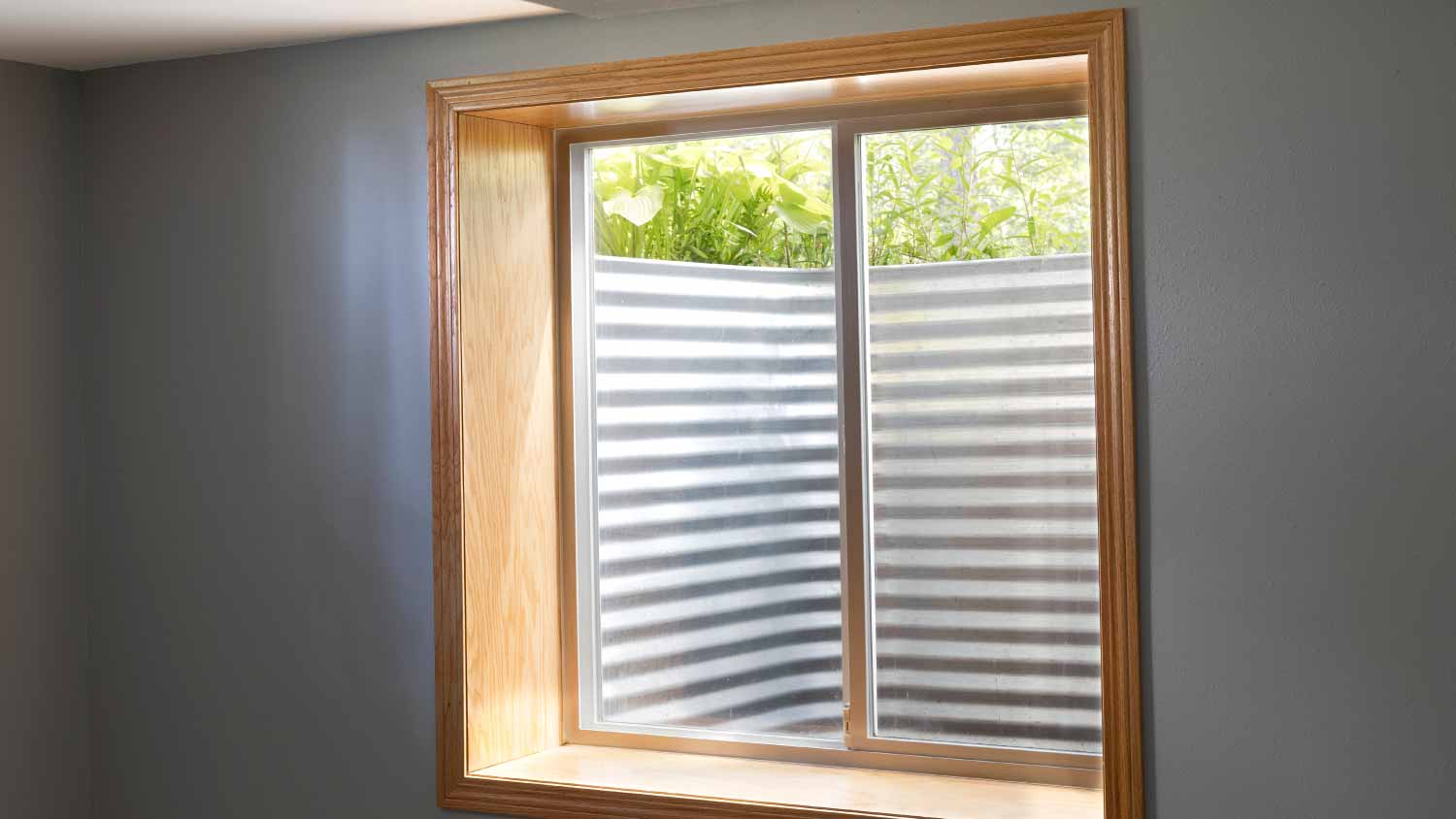Replacement vs. New Construction Windows: Which Should You Choose?
What to do when there’s not a “clear” winner


Replacement windows keep the exterior intact and are less disruptive to install.
Replacements cost less to install than new construction windows.
New construction windows offer options for changing window size and style.
If you install replacements yourself, ensure the seals are tight to avoid water leaks.
Hire a pro for new construction windows unless you’re an experienced DIYer or carpenter.
When it’s time to update or upgrade your windows, you have the choice between replacement versus new construction windows. Both are solid options, leaving the decision to your budget, preferences, and the condition of your window frames and studs. Learn about new construction versus replacement windows and how to decide which is best for your home.
Replacement vs. New Construction Windows: Key Differences
When comparing replacement vs. new construction windows, the main differences are in the installation requirements and finish details. Since new construction windows are installed during the home-building process, it requires complete siding and finishing work to place them correctly. On the other hand, replacement windows are installed into existing frameworks, requiring less time and labor.
While the framing and glazing component of the installation process is the same for both, new construction windows use nailing fins—thin strips installed on the window’s exterior edges that hold the window in place—while replacement windows do not.
What Are Replacement Windows?
Replacement windows insert into your existing frame, are installed from the interior, and don’t have nailing fins or flanges. You can upgrade or replace your current window with a replacement window, but it needs to be the same size and shape as the existing one. The wall system stays in place while you replace just the window, not the trim or siding.
| Pros | Cons |
|---|---|
| More affordable | Unable to change the size and shape of the window |
| Exterior stays intact | Can leak without a flush fit |
| Easier installation | Not an option if studs or frame are damaged |
| Increases energy-efficiency |
Best For:
People on a tighter budget
People looking for a quick construction process
Pros
Replacement windows are the right choice in a lot of scenarios, allowing you to upgrade your windows with minimal disruption.
Less expensive: Because retrofitting windows is much more straightforward than installing new construction types, window replacement costs less. The windows may be slightly more expensive, but labor costs are typically lower.
Exterior finish remains intact: Unlike new construction windows, there’s no need for major alterations to existing walls, trims, or siding when installing replacement windows. Not only is this less disruptive and less costly, but it means there will be no chance of a change in your home's exterior.
Easier, faster installation: Replacement window installation is quicker than new construction types. Busy local window replacement companies may have the time to book you in sooner for this less time-consuming job than they will for a more extensive new construction window installation.
Increases energy efficiency: When replacing your windows with more energy-efficient varieties, it makes sense to stick with retrofitting. It’s a cost-effective, minimally disruptive method for making this change when done well.
Cons
Retrofit replacement windows aren’t the best solution for every scenario. Below are some disadvantages.
Can’t change window size: You must stick with the original frame size with replacement windows. For instance, if you want to change from a four-pane living room window to a three-pane one, you must choose new construction windows.
May require modifications: Although replacement windows are easy to install, ensuring a good fit is challenging if the original frame isn’t flush. In these instances, modifications may be necessary to provide an airtight fit, and the labor costs could be higher than average.
May experience air leaks: It’s essential to hire a reputable local window installer, as replacement windows are more likely to have a poor fit. Air leakage is a possibility, resulting in issues with insulation and deterioration of the surrounding frame.
Rotten studs or frames: When studs or frames are rotten or damaged and need replacing, it’s better to opt for new construction windows. It may not even be possible to fit a replacement window securely when there’s significant damage.
What Are New Construction Windows?

New construction windows include new window panes, frames, and sometimes trim. You install them from the exterior and often need to remove the trim and siding beforehand. You may also need to install a new moisture barrier or capping or repair the framing. New construction windows have nailing, new attachment fins, and flanges. The project often includes waterproofing the exterior, which a pro can handle best.
| Pros | Cons |
|---|---|
| Great for additions and remodeling | Higher installation costs |
| Can increase glass size or change the shape | More disruptive installation |
| Allows for a better, tighter fit |
Best For:
Historic homes
People who want more design options
Pros
New construction windows can add glass surface area and offer a tighter fit. Here’s a rundown of the full benefits.
Fresh start: These windows attach their metal nail fin frames to the studs in the wall, holding them in place until the surrounding wall construction is complete. In contrast, replacement windows need to fit inside an existing frame.
Option to increase window size: If you want to install a wider or taller window, then new construction windows are the way to go. Because you may have to make a larger opening to accommodate the bigger window, the detailed framing will ensure a secure fit.
Better fit for original framing: When the exterior around an existing window has begun to rot, rust, or deteriorate, replacing it with a new construction window is the better option. Fitting replacement windows into a problematic frame can lead to a poor seal and reduced longevity.
Cons
New construction windows aren’t suitable for every situation. Here are a few of their disadvantages.
High installation cost: New construction windows cost around 10% to 15% less than retrofit options, but installation is more complex and time-consuming, and labor costs can be 50% to 100% more. If you’re installing the windows yourself, consider replacement windows unless you’re an experienced DIYer or carpenter.
Disruptive installation: You often need to remove the exterior and interior trim, expose the frame, and sometimes even cut back the siding for new construction window installation. These all need reinstating after installation, too. It’s a messier, more complex job than replacement window installation and may leave your home in disarray.
New Construction Windows vs. Replacement Windows
New construction windows are harder to install but can offer you more glass or allow you to change the style of your window. Replacement windows are easier to install and cost less, but you’ll need solid framing and studs. Here's a breakdown of critical factors to consider when deciding between these two types of windows.

Appearance: Tie
When fully fitted, both new construction and replacement windows should look fantastic—there should be no discernible difference as to which is which. But new construction windows win whenever you want to increase your glass size or change the window style.
Ease of Installation: Replacement Windows
Although it can take more skill to ensure a secure, airtight fit with replacement windows, installing new construction windows takes longer. There’s more structural work and refinishing around the edges to consider with this route.
Durability: New Construction Windows
Both new construction and replacement windows should be equally durable when fitted well. However, if replacement windows installation is on an existing frame that isn’t in the best condition, they’ll probably need replacing sooner.
Price: Replacement Windows
Although new construction windows are typically around 10% to 15% more expensive to buy than replacement types, the cost to install replacement windows is significantly more.
Expect to pay, on average, $150 to $800 for new construction window installation compared to $100 to $300 for replacement window installation.
Options and Customizations: New Construction Windows
With replacement windows, your options are limited because you fit a window into the existing space and framing. New construction windows allow you to change your window style and size, giving you various options.
Maintenance: Tie
Window maintenance is the same whether you have replacement or new construction windows. If your window frame or studs are in disrepair, choosing new construction windows allows you to repair these pieces before the new window is in. Have a local window contractor assess your framing and studs before updating your windows to ensure they have the proper support.
Length of Life: Tie
Both new construction windows and replacement windows last about 15 to 30 years. The longevity of a window depends on how well the window is installed, the quality of the window, cleaning and general upkeep, and how much your home naturally settles over time.
ROI/Resale Value: New Construction Windows
New construction windows add more value because they offer larger glass sizes and are more likely to have updated frames and studs. High-quality replacement windows also add to the value of a home.





- How Long Does It Take to Replace a Window?
- 6 Tips for Choosing the Right Replacement Windows for Your Home
- Types of Old Windows and When to Replace Them
- How to Choose the Best Replacement Windows for Old Houses
- How Long Do Windows Last and When Should You Replace Your Windows?
- Should You Install Windows or Siding First?
- 15 Window Design Ideas to Transform Your Home
- 7 Common Window Problems and How to Avoid Them
- Everything You Need to Know About Replacement Sliding Windows
- 10 Tips on How to Make Windows More Energy Efficient










